According to the myth, the ancestors of the Hellenes were born in Fthiotida, when Deucalion and Pyrrha, who had their kingdom in Phthia, the town of the Myrmidons , had Hellen, their son and progenitor of the Hellenes, and created the new human genus. Here was the place of the Achaeans, the first Greek race, here is where Achilles was born, where the Labours of Hercules took place and where he lived the last years of his life. Here, in Fthiotida, from the mythology to history, the stories are numerous…
Brimming with beautiful pictures, it remains authentic in time. From the beautiful villages nestled in the shade of the majestic mountains, like Oeta, Timfristos and Othrys, to the beaches and the Malian Gulf and from river Spercheios and from the wetlands to the lush landscapes that are covered in spruce and the magnificent views, Fthiotida, in the centre of Greece, with Lamia being its biggest town and capital, is an all-year destination offering a plethora of activities,
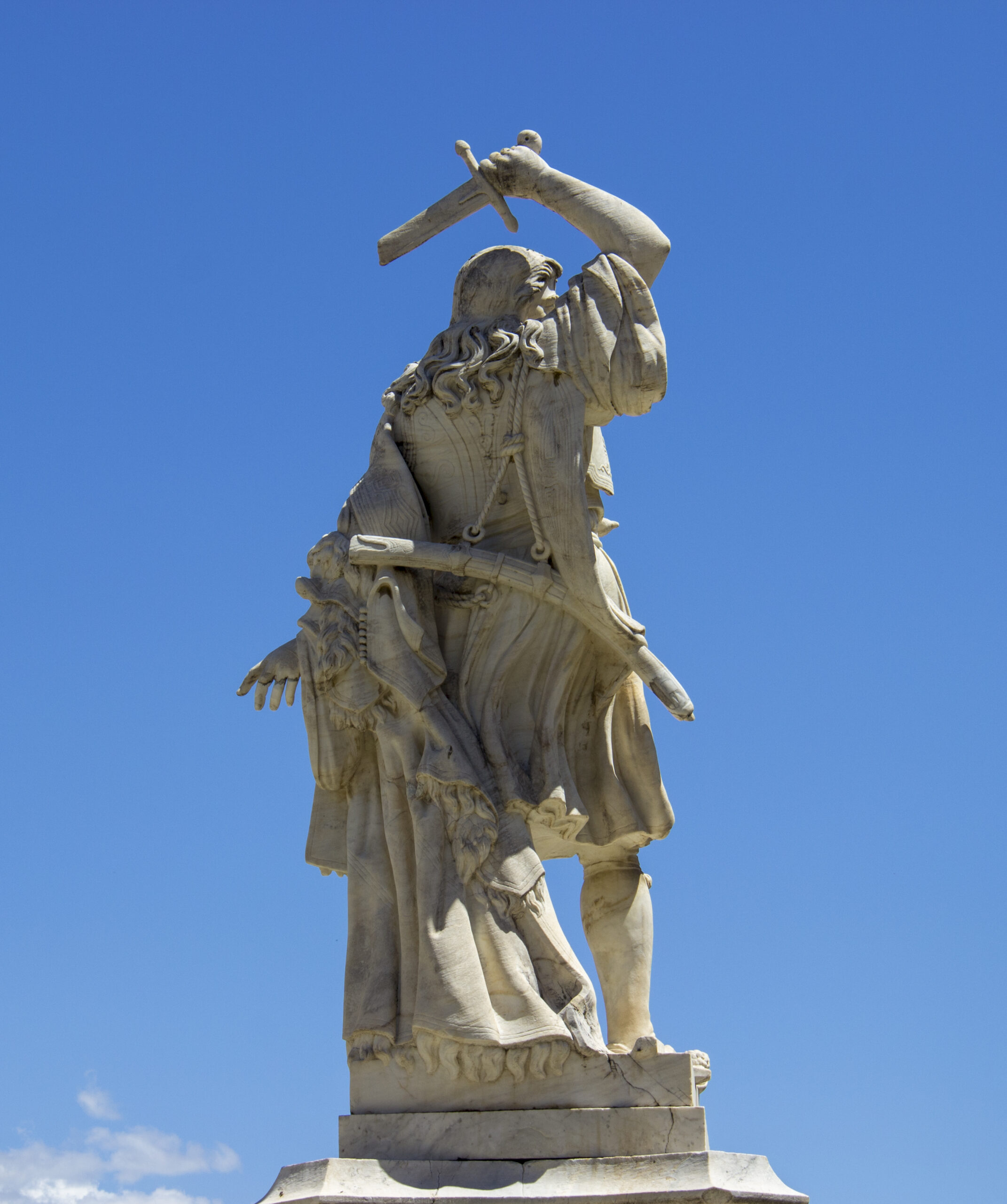
Full of historical spots and sights, like the monument of Athanasios Diakos, in memory of the historical battle that took place in Alamana in 1821, the famous town of Thermopylae, the statue of Leonidas, Gorgopotamos brisge that was blown up during the national defense in November 25 1942, everything is reminiscent of the long and proud Greek history.
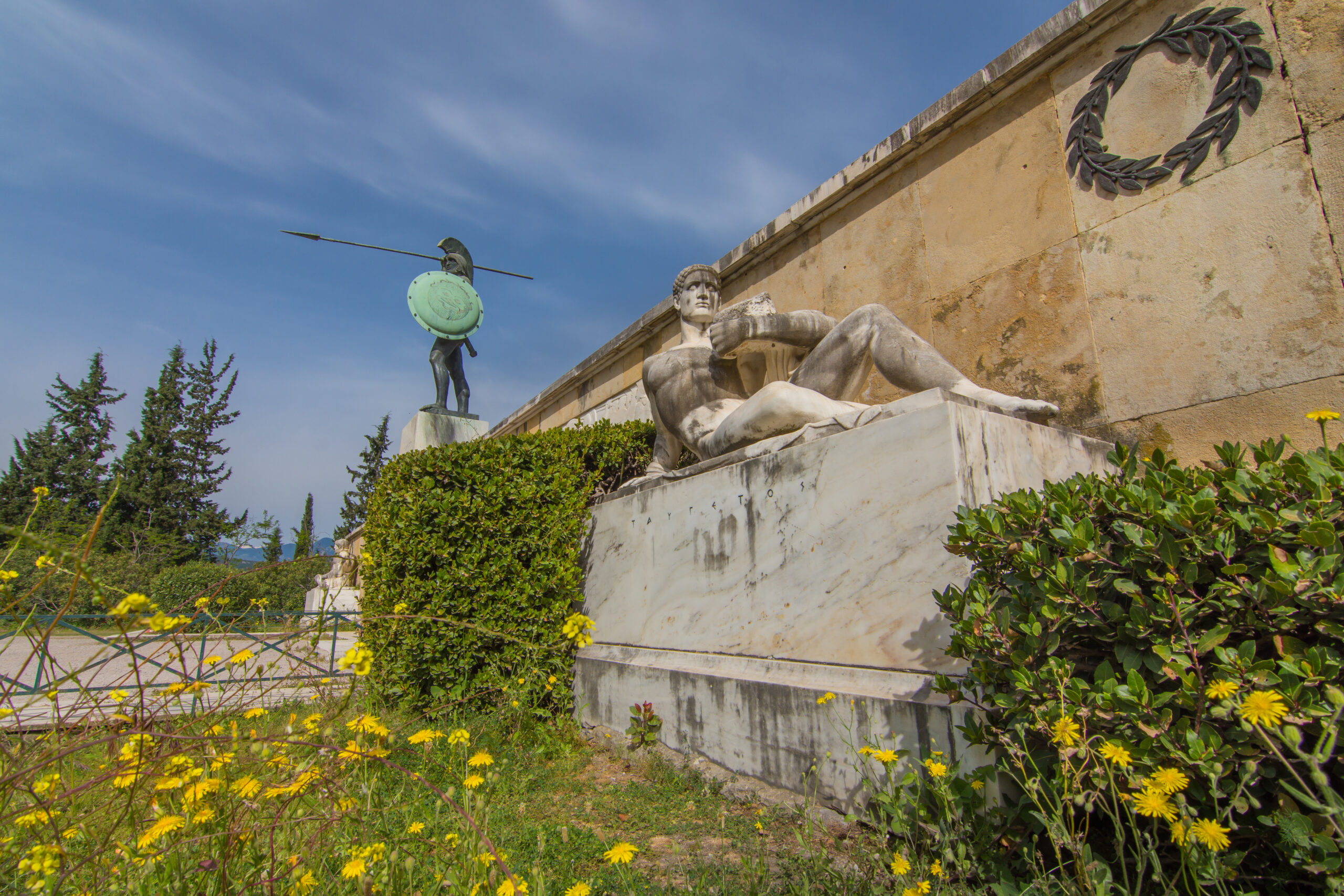
Here you will find the universally renowned Thermopylae in the shade of mount Kallidromo, known in the centuries and the “narrow pass” where King Leonidas answered “Molon Labe” (Come and Get it) to Kind Xerxes in 480 B.C. when he asked the Greeks to surrender in the narrow pass of Thermopylae and the battle between the Greek and Persian army took place. This battle put Leonidas and his 300 warriors to the pantheon of immortals and is a timeless part of the worldwide history and inspiration.
Here is the monument of Leonidas and his fellow soldiers, while in the area there is also the Centre of Historical Documentation of Thermopylae that is an innovative museum using digital technology.
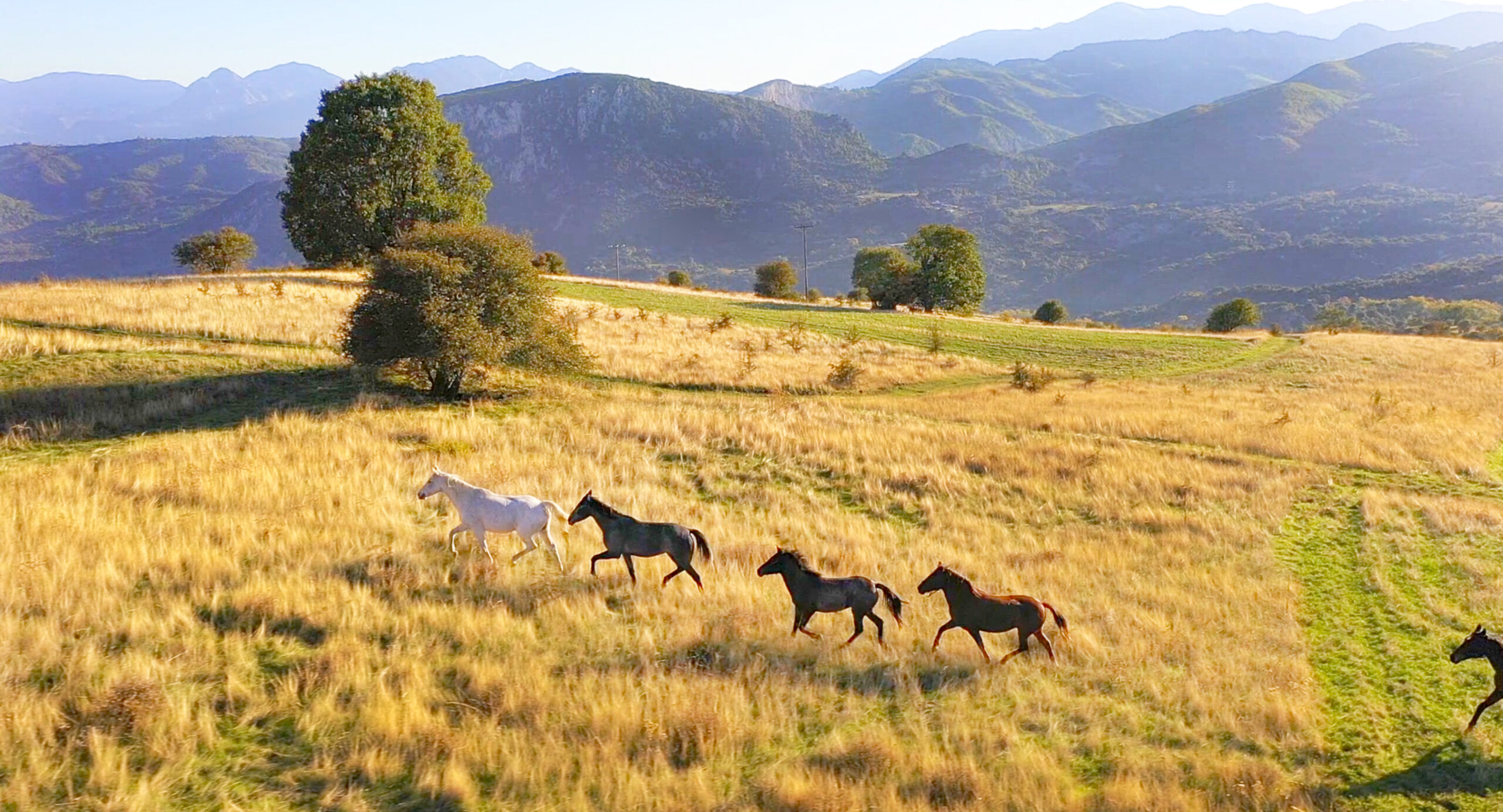 At one of the peaks of Oeta, Hercules is believed to have been burnt whilst trying to free himself from his poisoned tunic, which was gifted to him by his wife, Deianeira. Then, Zeus, wrapped him with clouds and lifted him on mount Olympus…
At one of the peaks of Oeta, Hercules is believed to have been burnt whilst trying to free himself from his poisoned tunic, which was gifted to him by his wife, Deianeira. Then, Zeus, wrapped him with clouds and lifted him on mount Olympus…
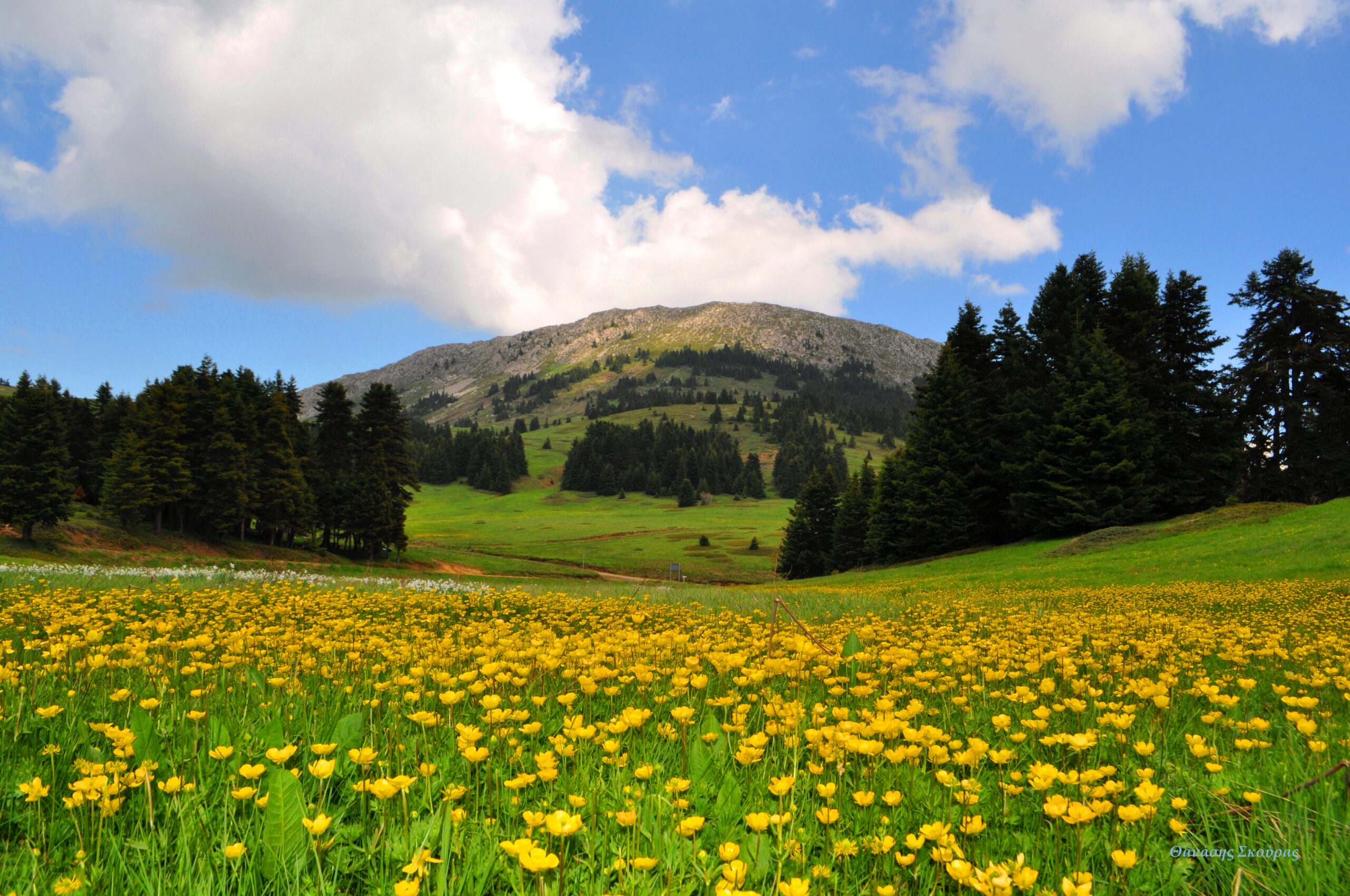
Oeta [04], between Phtiotis and Phocis, also known as the “mountain of flowers”, is a landmark in the area. It is a mountain of unique natural beauty, covered with fir forests, rare and impressive plant species, as well as a rich fauna and many burbling waters. Within its gorges there are often waterfalls like Kremastos, considered as the biggest in South Greece! Although the mountain seems rugged, when you visit it, the image is completely different, with grasslands packed with wild flowers. Oeta National Park has been created for the protection of the area, where there is also a shelter. In the hillsides are also some of the most important villages in the area, like Pavliani and Ypati, from which you can climb to the peaks of Oeta. The wider area is ideal for direct contact with nature, mountain and bike routes. Rivers Mornos and Gorgopotamos flow from Oeta.
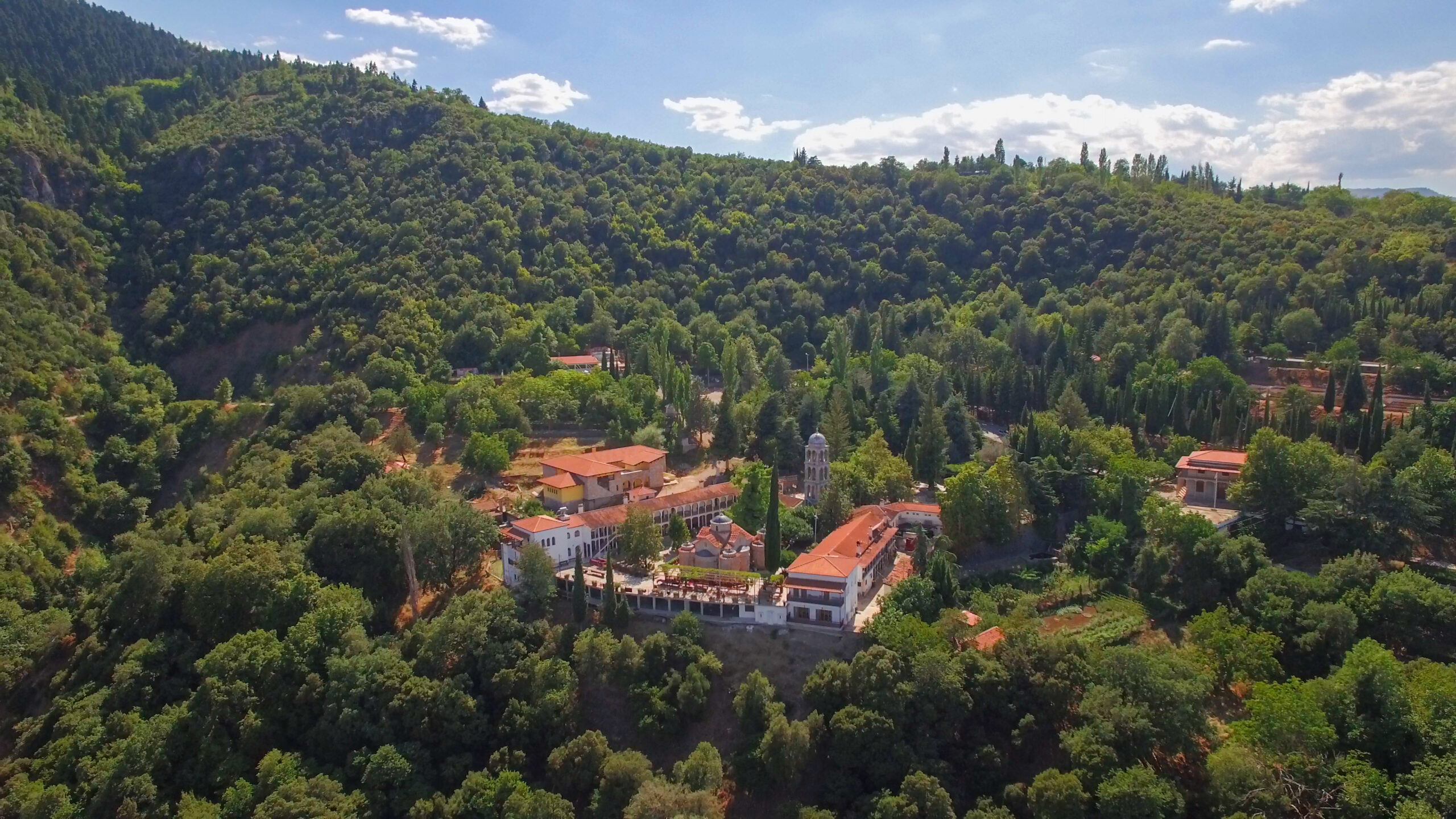
Visit the historical Monastery of Agathonas. It was founded in the 14th century by monk Agathonas, after whom it was named. It is located within short distance from Oeta National Park at an altitude of 530 meters and hosts very important herilooms, icons, vessels and books of major religious, cultural and historical value. At the courtyard of the monastery is the Oeta Museum of Natural History. It hosts a collection of environental, climatological and geological exhibits of the Oeta National Park, while there is also a library-workshop aiming at the research and development of the museum. On the outside of the museum, there is a unique in the area small botanical garden with the most important flora species in Oeta.
Tip: In the summer, don’t miss the annual Oeta Festival, the biggest one in Fthiotida, definitely an unforgettable experience.
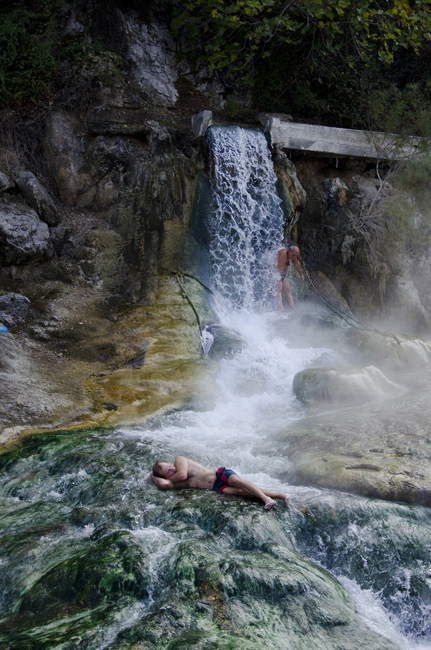
The thermal springs, after which the Thermopylae pass was named, are still on the fringes of the hill, in a rugged location where the access was made from the gates: the East, the Middle and the West. According to the mythology, Hephaistus, at the request of Athena, created the springs as a gift to Hercules to regain his power after every labour. If you visit the springs today, the water temperature reaches the 40°C. The relief you will feel if you stay under the hot waters falling from the waterfalls cannot be described in words.
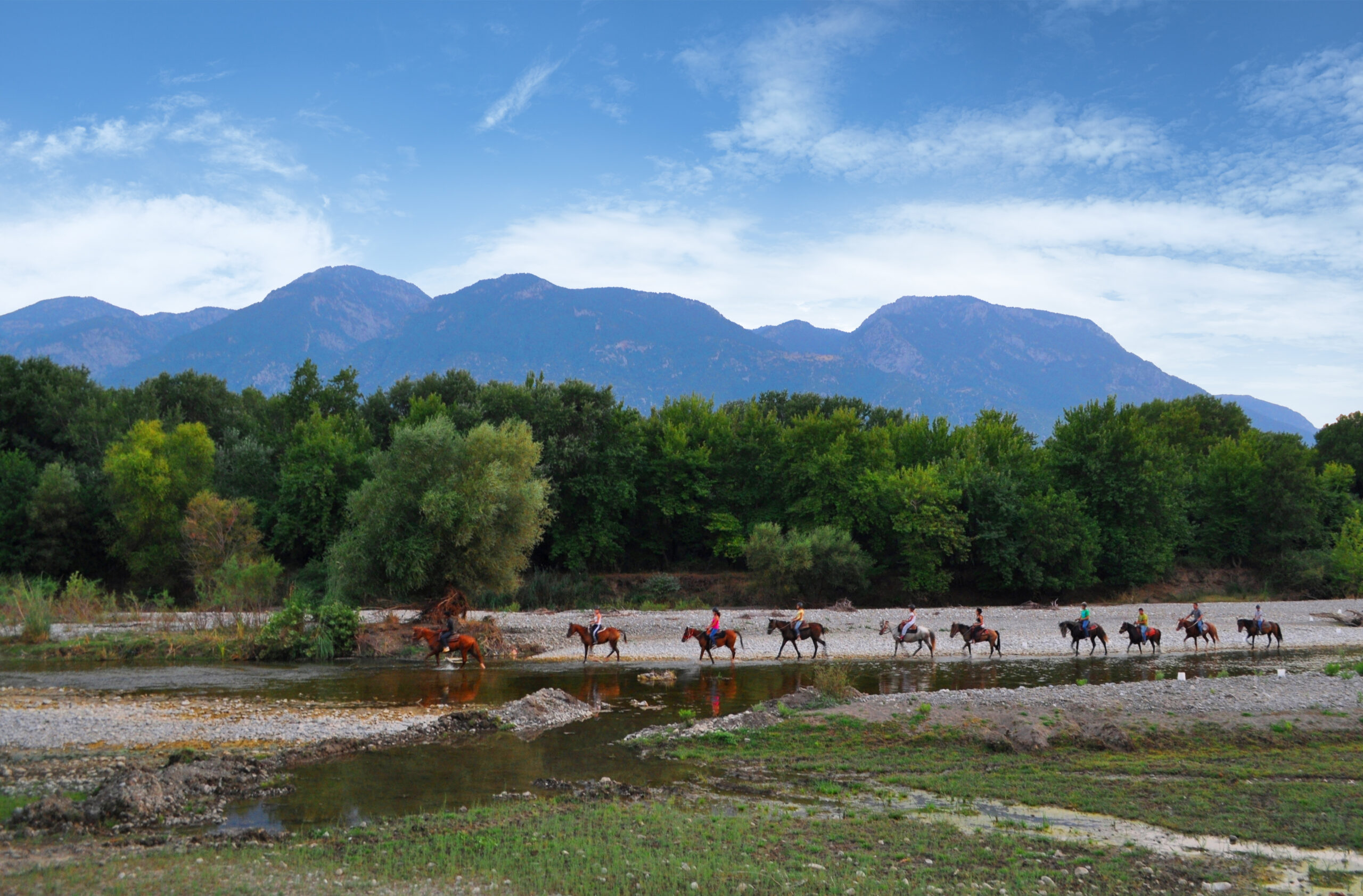
Spercheios is definitely a point of reference. It is 80-km-long and features the famous valley and more than 60 tributaries! Spercheios Delta is an area protected by NATURA 2000 Network. The river flows from the gorges of Timfristos towards the East, flowing into the Malian Gulf.
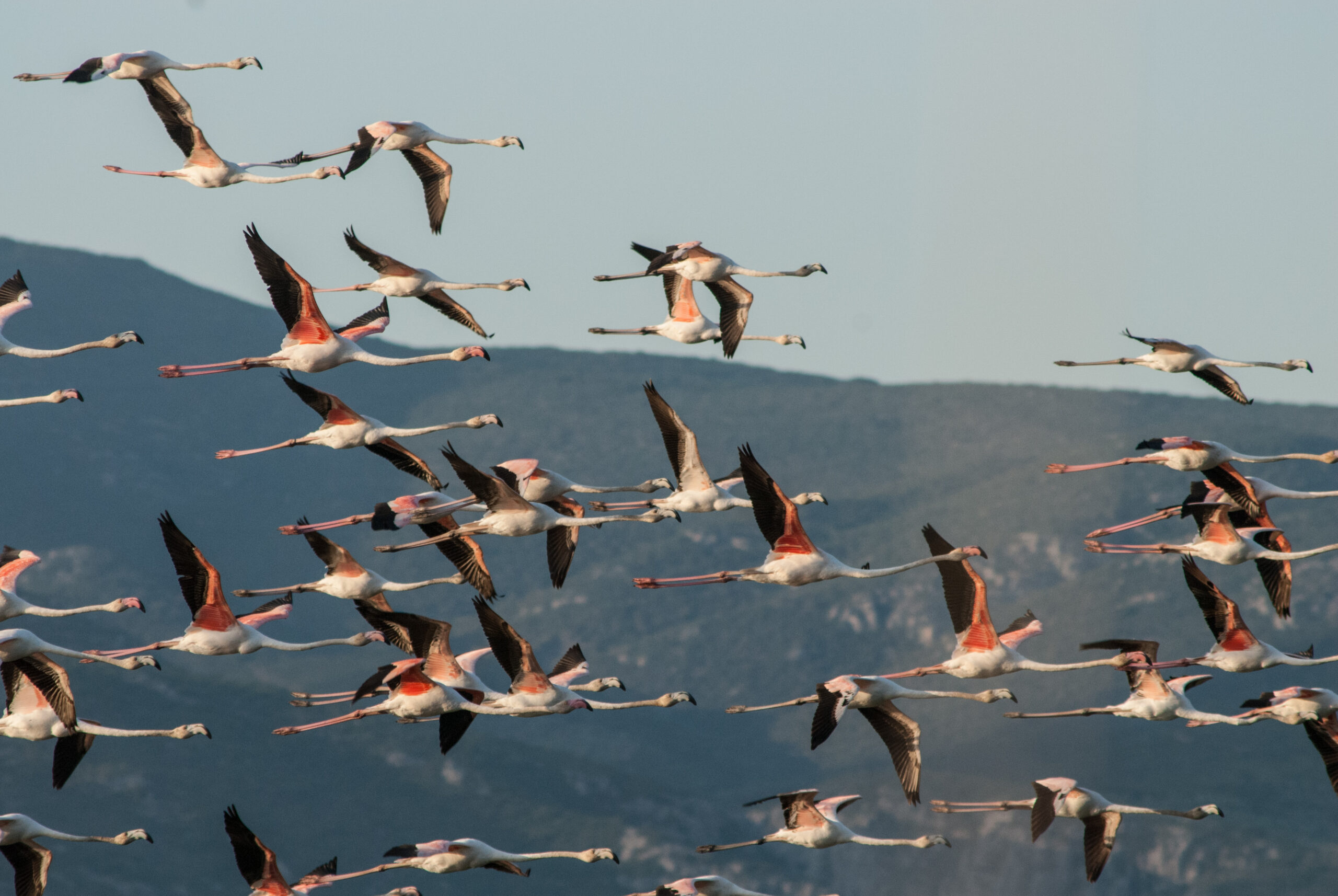
The wetlands of the area are also famous, e.g. the one of Spercheios Delta, which is of great importance and was formed by the alluviums of the river. The biggest part of the area it covers consists of cultivable land (mostly rice fields), while it is also home to rich avifauna. Close to Spercheios Delta is also the important wetland of Aghia Paraskevi.
The low-lying mount Kallidromo hides some perfect hiking trails. At the same time, on the north side, is the forest of the same name, a place of unrivalled beauty characterised by dense vegetation and pine trees. As you tour the area, you will also see fresh waters, while on the top there is also a small lake. The entire landscape is a place of unique beauty. Herbs, aromatic plants, gorges, creeks with plane trees, hills and colours adapted in every season, create one-of-a-kind pictures!
The picturesque Mendenitsa village is also nestled in the lush area of mount Kallidromo, offering exceptional views. Apart from the great view, here you will also see a medieval castle, one of the most important and well-preserved ones, with the panoramic view disappearing into the blue of the sea. Τhe Folklore Museum of the village is another must-visit place.
Make a trip to Kato Tithorea village, famous for the large Aesthetic Forest, located in the southern part of the village. It spreads over hundreds of decares covered with rich vegetation, mostly oaks, cedars, firs, as well as wild trees. Within the forest there is also one of the two remaining towers of the ancient wall of the area.
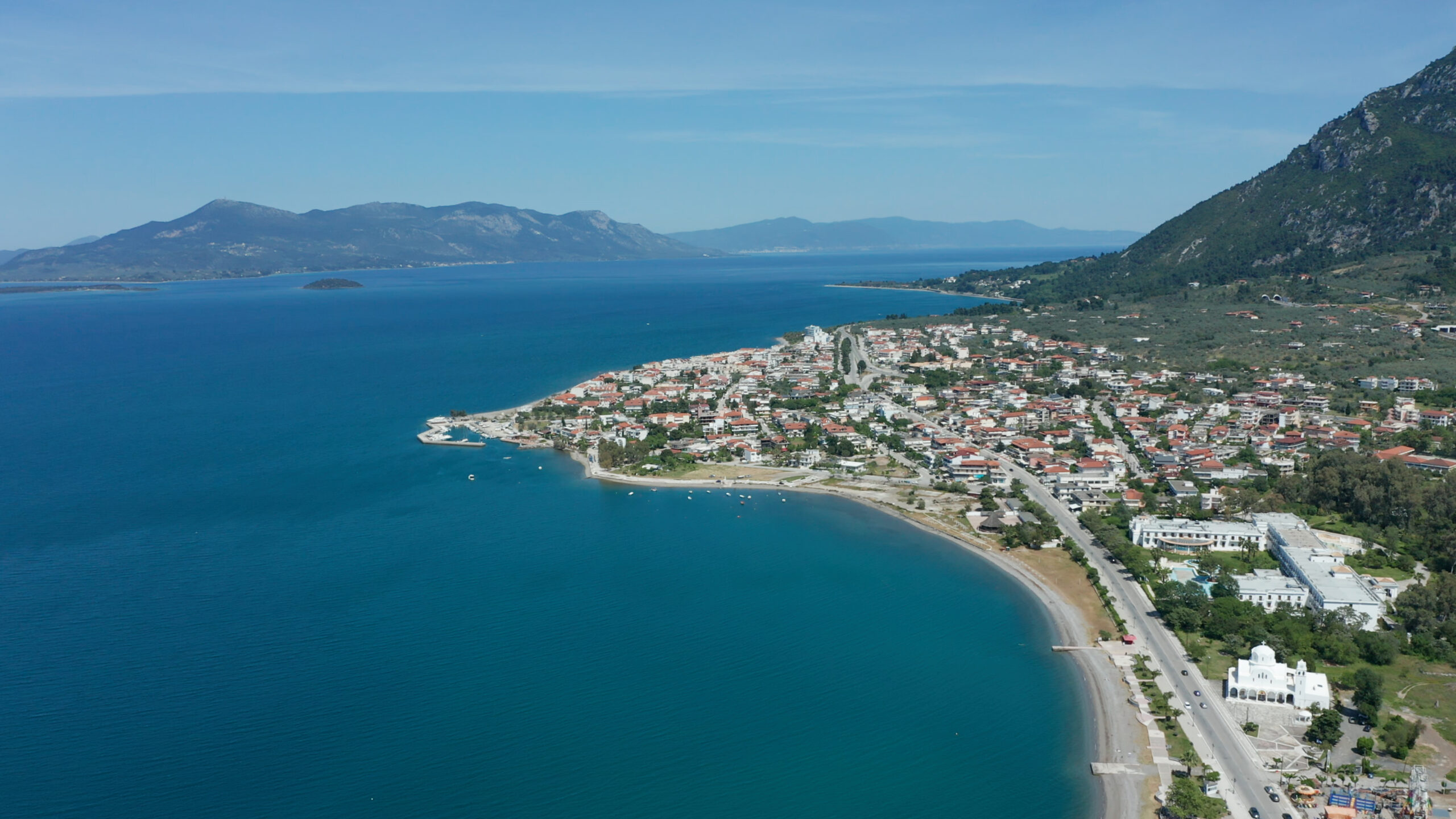
The famous town of Kamena Vourla , built between the mountain and the sea, on the southeast edge of the Malian Gulf and in the foothills of mount Knimis, is a timeless holiday resort since the 1960s. The beautiful beaches and the green forest are in perfect balance, while you will also find easily accessible neighbouring coasts, picturesque villages within short distance, historical and cultural sights, amazing restaurants and interesting nighltife choices. As for the thermal springs, for which the area has always been famous for, they are a secret of beauty and wellness!
Kamena Vourla, with the beautiful natural landscape in the background, offers visitors a plethora of choices. Within a few minutes, you can find yourself from the mountain to the sea! The east side of the area is surrounded by the Malian Gulf and a small part by the north Euboean Gulf. As a result, the area hides many low-lying spots, and mountainous settlements, most of them built amphitheatrically -the view is magnificent as it disappears into the endless blue of the sea!
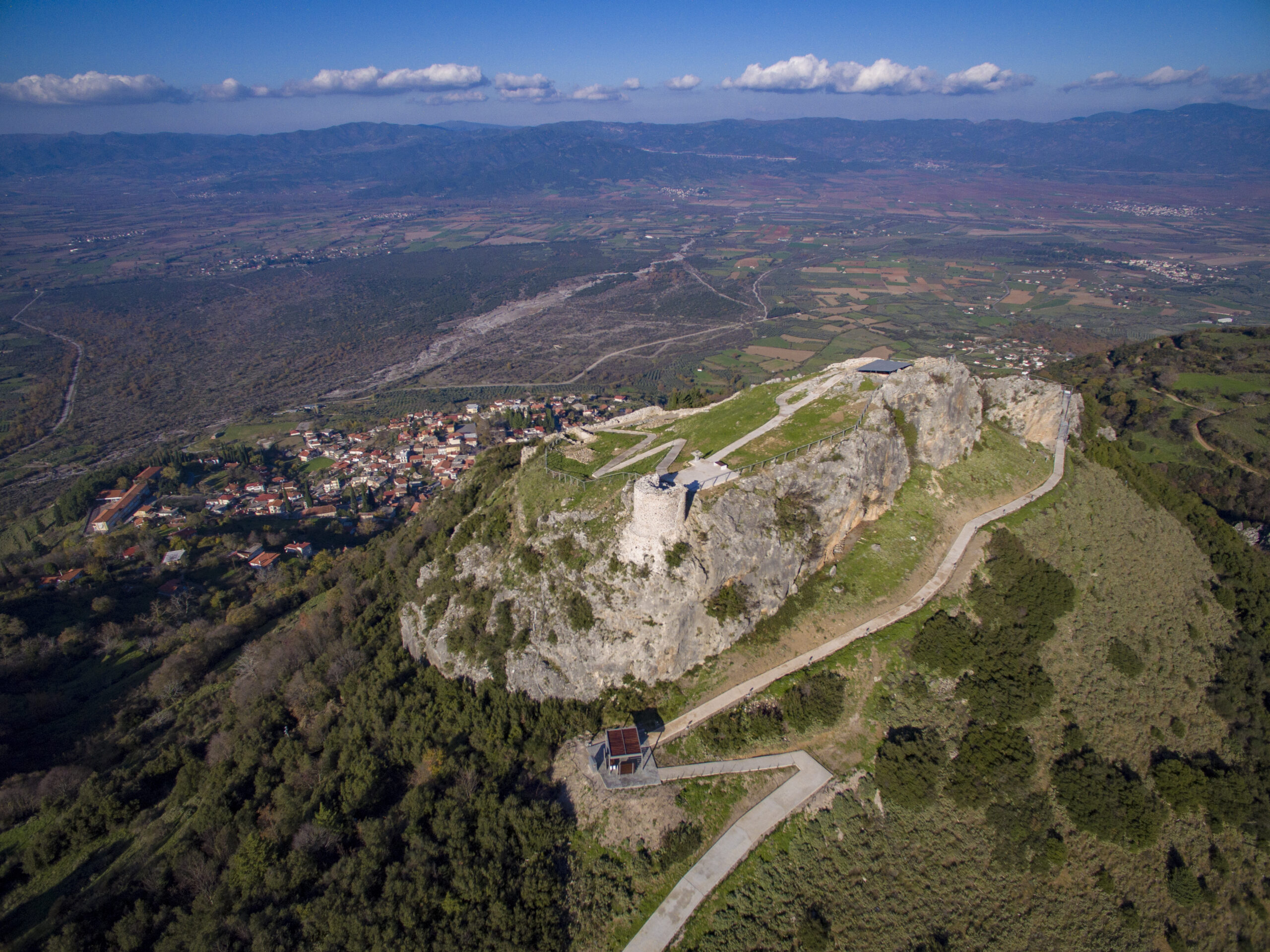
The bath town of Ypati is another important and interesting place, with the thermal springs dedicated to goddess Aphrodite, as during the ancient times, they used to offer the divine gifts of beauty and health. Other remarkable sights are the Byzantine Museum, the Medieval Castle and the Kakogianneion Astronomy School of Ypati that also has a planetarium.
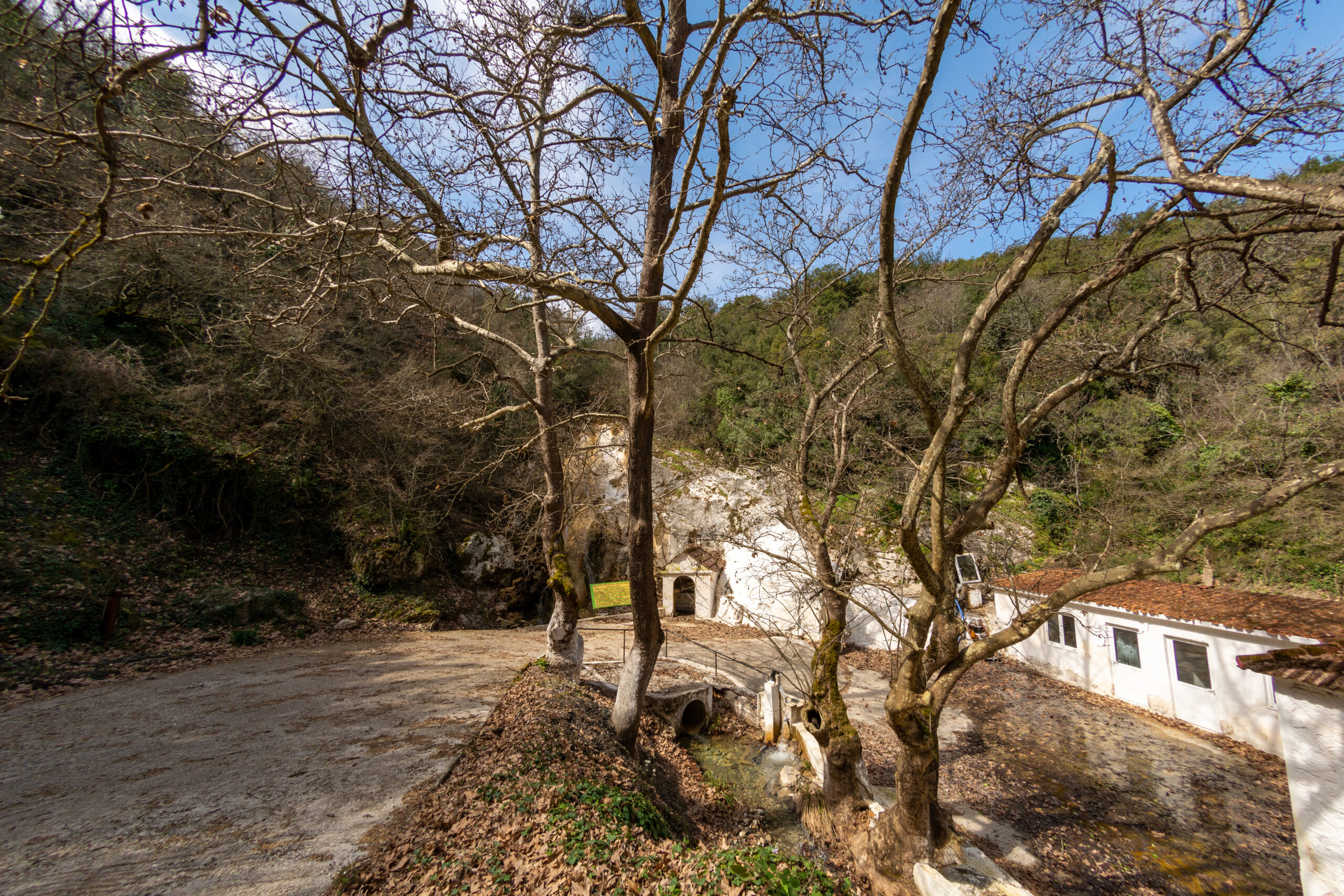
In the area are also the thermal springs of Dranista-Kaitsa. The baths are located in a green landscape of striking beauty outside Markyrrachi and very close to Lake Smokovo.
In addition, the thermal springs Abla of Paleovracha, with their proven healing properties, are the gem in Paleovracha and an attraction for locals and visitors.
The capital of Fthiotida, Lamia, lives at the edge of the past with the present. It is a modern town with 4 squares in the center, very close to each other, famous for its prominent Castle and its fine taverns! Definitely make a stop to the Archaeological Museum and then visit the verdant hill of Aghios Loukas, easily accessible and located very close to Diakos square. Enjoy a coffee, marvelling at the magnificent views of Oeta, the valley of Spercheios and the Malian Gulf.
On the hill inside the forest there is the chapel of St. Luke dating from 1919, surrounded by a beautiful verdant landscape. The small chapel is a place of cultural and historical value, apart from its religious importance, as it is closely linked to historical events. Therefore, it has been declared as a listed monument by the Ministry of Culture.
Other important towns of the area are Kamena Vourla, Atalanti, Elateia, Larymna, Amficleia, Tithorea, Ypati, Makrakomi, Spercheiada, Platystomo and Domokos.
With Elateia as your base, start a very interesting tour in Lokrida. The wider area is of major historical and archaeological interest, taking into account that the carved tombs with the rich burial goods discovered in Elateia, along with other archaeological findings, have provided valuable information both for the history of the area and the Mycenaean civilisation and the early iron age.
There are also scattered examples of structures of the ancient town of the same name.
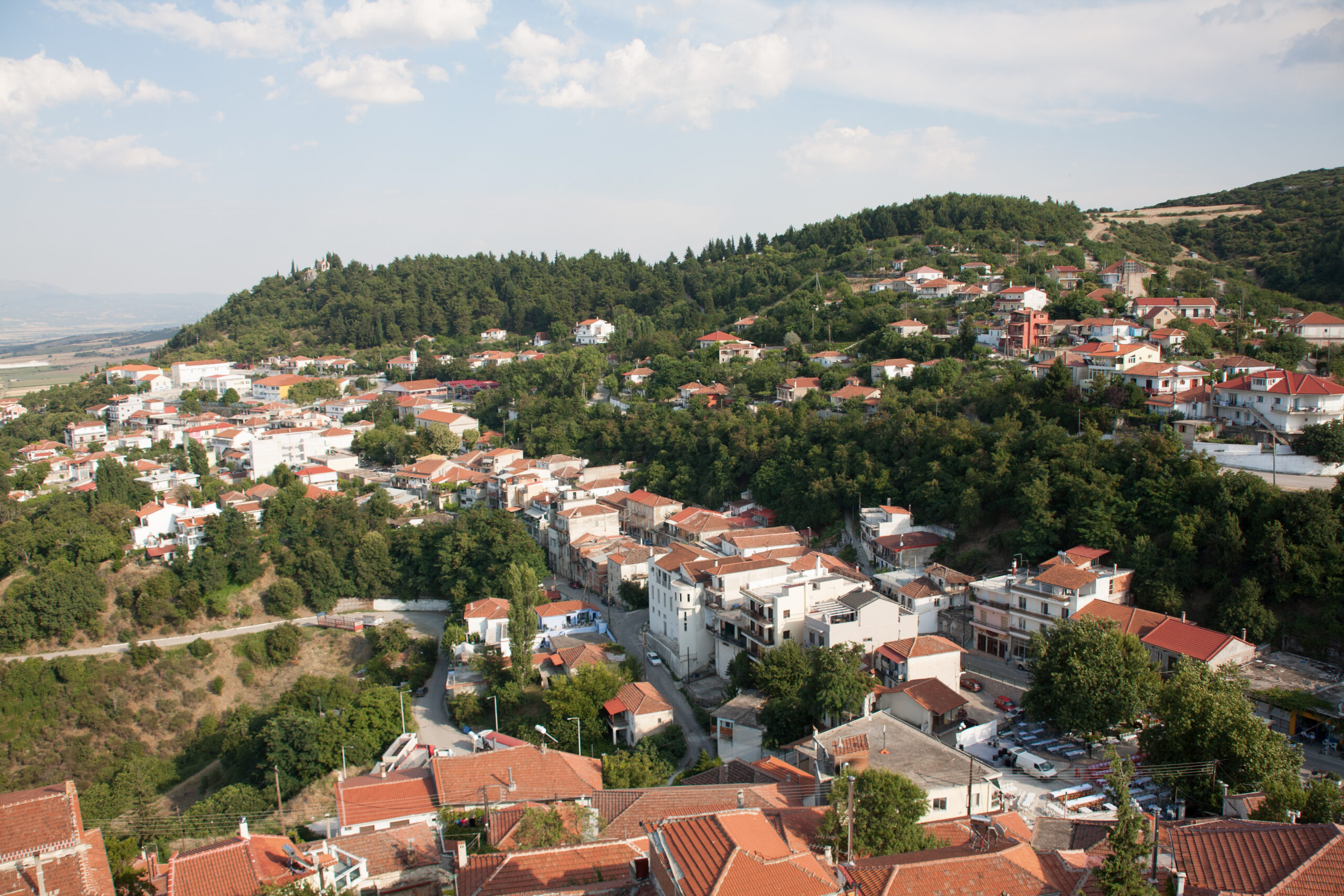
Visit the Medieval Frankish Castle of Domokos, with the panoramic views. West of the castle still remain parts of the Cyclopean Walls of the ancient castle. In the west side of Domokos, you will find the building of the Frankish Baths, reconstructed by the Ottomans. South of Domokos, in just 11km, is the historical Xiniada village, with the famous Monastery of Eleousa or Faneromeni.
Neo Monastiri, the most recently established community and the last settlement of Fthiotida, is built in an key location. Here is also the Ancient Citadel of Proerna, which is open to visitors, a place of major archaeological interest. According to findings, the area has been inhabited since the Copper age!
At the small settlement of Thavmakos you will see the three-aisled early Christian basilica from the 6th century, with the amazing mosaic adornment brought to light after archaeological excavations. The church is of great religious, historical and cultural interest, as it is a typical example of the early Byzantine period.
The Monastery of Aghia Triada Melitaia is of equal interest, built at an altitude of 800 meters in ancient Melitaia.
Another remarkable and particularly famous place is the Monastery of the Nativity of the Mother of God of Damasta, almost 20 km away from Lamia, built in a verdant, mountainous area offering amazing views.
Very close to Omvriaki village is the Monastery of St. Athanasios, built in 1565. The murals inside the main temple are particularly remarkable and interesting.
Behind the Castle, there is the very beautiful church of St. Paraskevi. Apart from its religious importance, it stands out for the gorgeous spot where it has been built, offering panoramic views.
In the beautiful small town of Atalanti, built in the foothills of mount Rodas, you will see the historical catacomb of St. Athanasios, while in the background is the church of the Saint, the Archaeological Museum of Atalanti, the chapel of St. Serafim inside the forest, the monastery of St. Anargyri dating from the 17th century, the chapel of St. John of Rodas nestled in a verdant setting, etc.
Explore the villages… The mountainous Kyrtoni village, also known as “Kolaka”, is built on the slopes of mount Roda at an altitude of around 500 meters. In the area is also the “Kyrtoni Catsle”, at Pyrgos, while in the village you will also find the ancient “Kamini” fountain. At Kaminaki there is a rock with chilled water with healing properties.
The beautiful and picturesque settlement of Megas Platanos opposite Atalanti is built on a hill offering amazing views of the Gulf of Atalanti. Northwest of the settlement is the archaeological site of Paliokastra.
South of Atalanti, among olive gronves, is the tiny village of Kyparissi. The picturesque Kalapodi village, built amphitheatrically, offers amazing view of Parnassus!
Makrakomi built on the slopes of west Othrys, at an altitude of 280 meters, offers magnificent view of river Spercheios and its beautiful valley. In Makrakomi, you will see the castle built on the rocks at the gorge of Nevrikos as well as the Castle of Laina, in the south , just like the famous Plane Tree Forest, within short distance form the town. Walk around Timfristos village, built in the foothills of the mountain of the same name, at an altitude of 450-900 meters and admire the magnificent views of Spercheios valley and the National Park of Oeta.
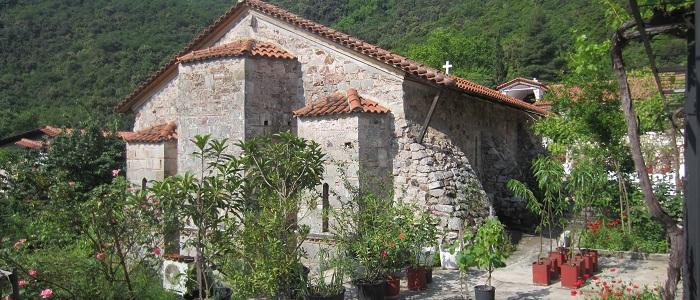
Another must-visit sight is the Monastery of Metamorfosi Sotiros (Transfiguration) from the 11-12th century, which due to its altitude, offers amazing views of the Malian Gulf. Very close to the traditional and beautiful Karya village, is the famous Monastery of Karya, a precious historical monument. Within striking distance is Karya village, so, as you leave the monastery, it is definitely worth making a stop! It is a traditional and mountainous place, an ideal place to make a walk and enjoy the magnificent views.
At Achinos settlement, east of Stylida, is the castle-citadel with a fortified courtyard dating back to the 4th century B.C., with more recent additions as well. Last but not least, visit the tower houses, proving that the current settlement of Achinos has also a remarkable recent history.
The settlement of Pelasgia has a long history, prominent in many places of the wider region and having offered many important information. Such spots are the parts of the wall of the fortified courtyard of the ancient town that have been preserved, like the castle of Andronas and the mythical town of Alos. At the settlement is also the Ecclesiastical Museum of Pelasgia, brought to light after excavations in 1979, as then at the underground site of the church of Pelasgia was revealed the previous temple of St. Apostles from the 19th century. The temple has been restored and transformed into a museum. In addition, in the village there is a Folklore Museum.
Fthiotida has also a popular coastline. Make a roadtrip to the the coastal villages to enjoy the sea and nice food, as the Malian Gulf and the south beaches are ideal for a trip. Visit Theologos, Livanates, Arkitsa, Aghios Konstantinos, Molos, Aghia Marina, Stylida, Pelasgia, Glyfa, etc., the aesthetic forest, the retreat park and the Water-Power Museum at the beautiful mountainous village of Pavliani, and many more.
Make a trip to Skala, the coastal town of Atalanti, just 6km from the main settlement. In direct contact with the sea and packed with premium options for seafood, coffee and drink, Skala is ideal for a short trip. Here you will also find one of the biggest and most beautiful sandy beaches in Lokrida. The wider area stands out for its beaches, many of which have been awarded with the Blue Flag, with interesting geomorphological features and amazing (mostly) seafood tastes!
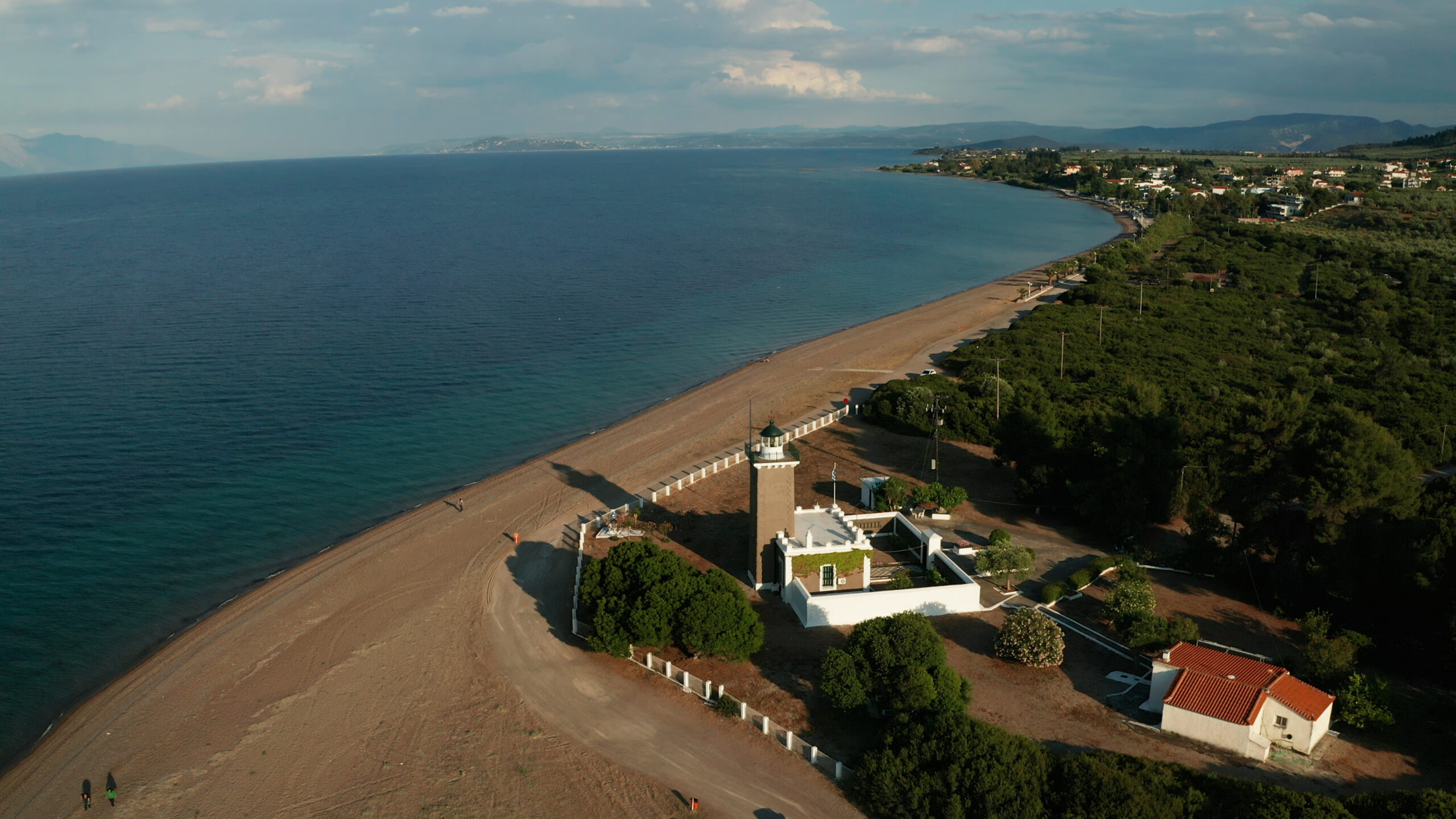
Arkitsa is a tiny heaven for those seeking tranquility and the lovers of underwater fishing, with the amazing sandy beaches and the crystal-clear waters.
Tip: The “Mirror of Arkitsa” is also located in Arkitsa. It is a geological phenomenon of universal geological importance and heritage.
Among the beautiful beaches of Arkitsa is the sandy Souvala beach, Livrichio, awarded with the Blue Flag, the scenic Kalamia beach as well as Kedros, one of the most famous beaches in the area. Livanates is another area with beautiful coastlines and clear waters.
Enjoy the crystal-clear waters, the wide skyline and the magnificent sunset from Theologos, a beautiful settlement with a beach of the same name and a remarkable tourist resort.
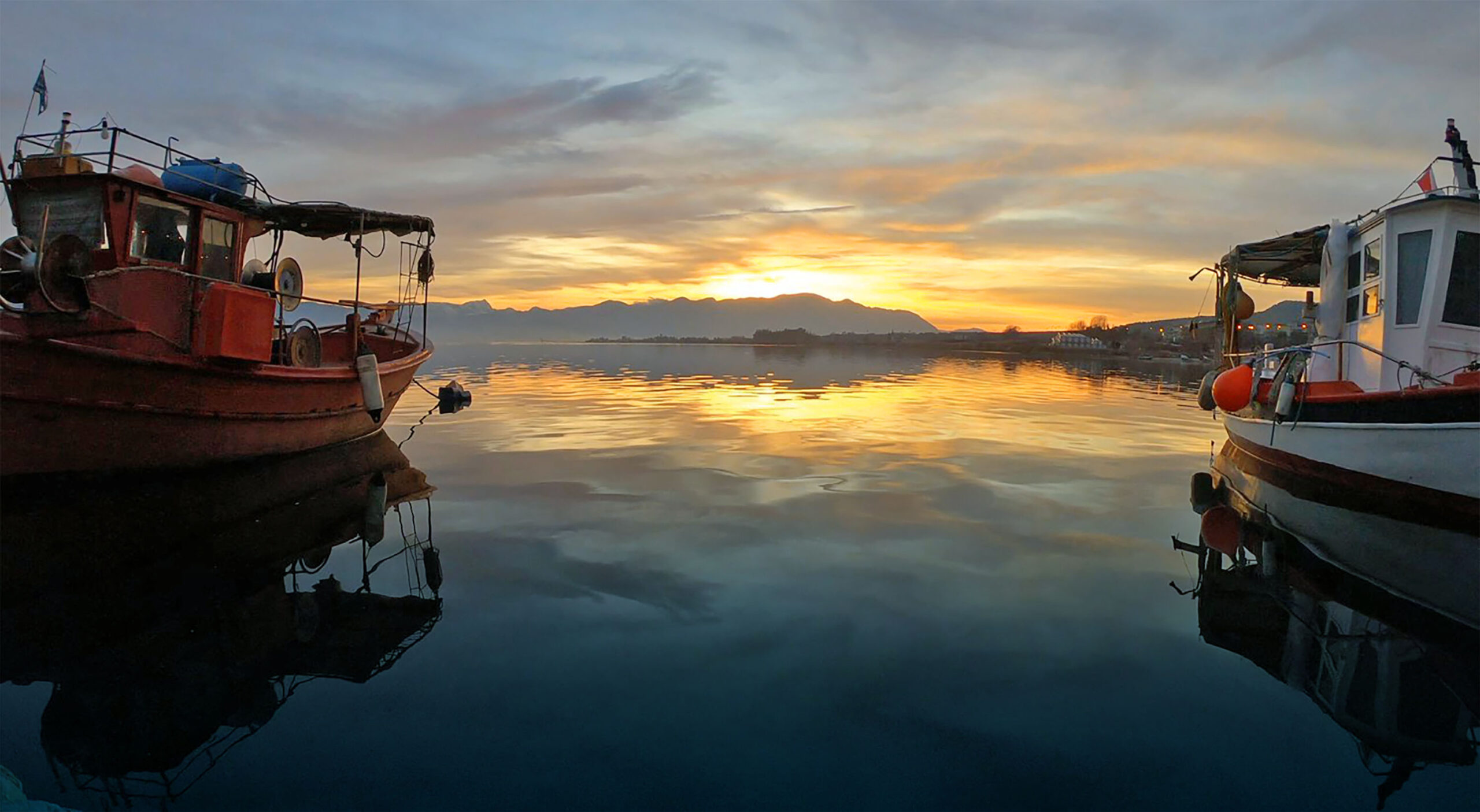
Visit the coastal Stylida town, stroll along its beach, enjoy well-made mezes, drink your coffee and drink and, if you have time, admire the natural and cultural sights of the area. Note: Another important fact is that the first Centre of Environmental Education in Greece was founded in Stylida to control and preserve the Maliakos-Oeta-Spercheios Ecosystem.
Make a trip to the picturesque, coastal fishing village Achladi with the sandy beach and the natural port. Here is also the Zakkeiko mansion also known as the “House of Avrakomi”, preserved in an excellent condition. The beautiful beaches of the area like Raches and Glyfa have a prominent position. Organised or not, in the summer they are filled with visitors, just like the waterfront taverns.
Authentic and unsophisticated, the cuisine of Fthiotida is charatcerised by traditional greek recipes, with emphasis on quality, delicious local meat. Most of the traditional dishes are accompanied with the exceptional potatoes from Livanates, often cooked with butter, and freshly baked bread. The area has also exceptional pies, made from fresh, local ingredients, as well as traditional pasta. The premium Katiki Domokou is probably the most famous local product. It is a white, low-fat, soft cheese. Enjoy your meal with excellent wine, as the area is famous for its wine production, as well as the aromatic tsipouro. Of course, in the local cuisine you will also taste sweets! Try the famous Galaktoboureko (custard pie) of Lamia, Baklava with the homemade phyllo and the delicious Kourabiedes (almond cookies)!